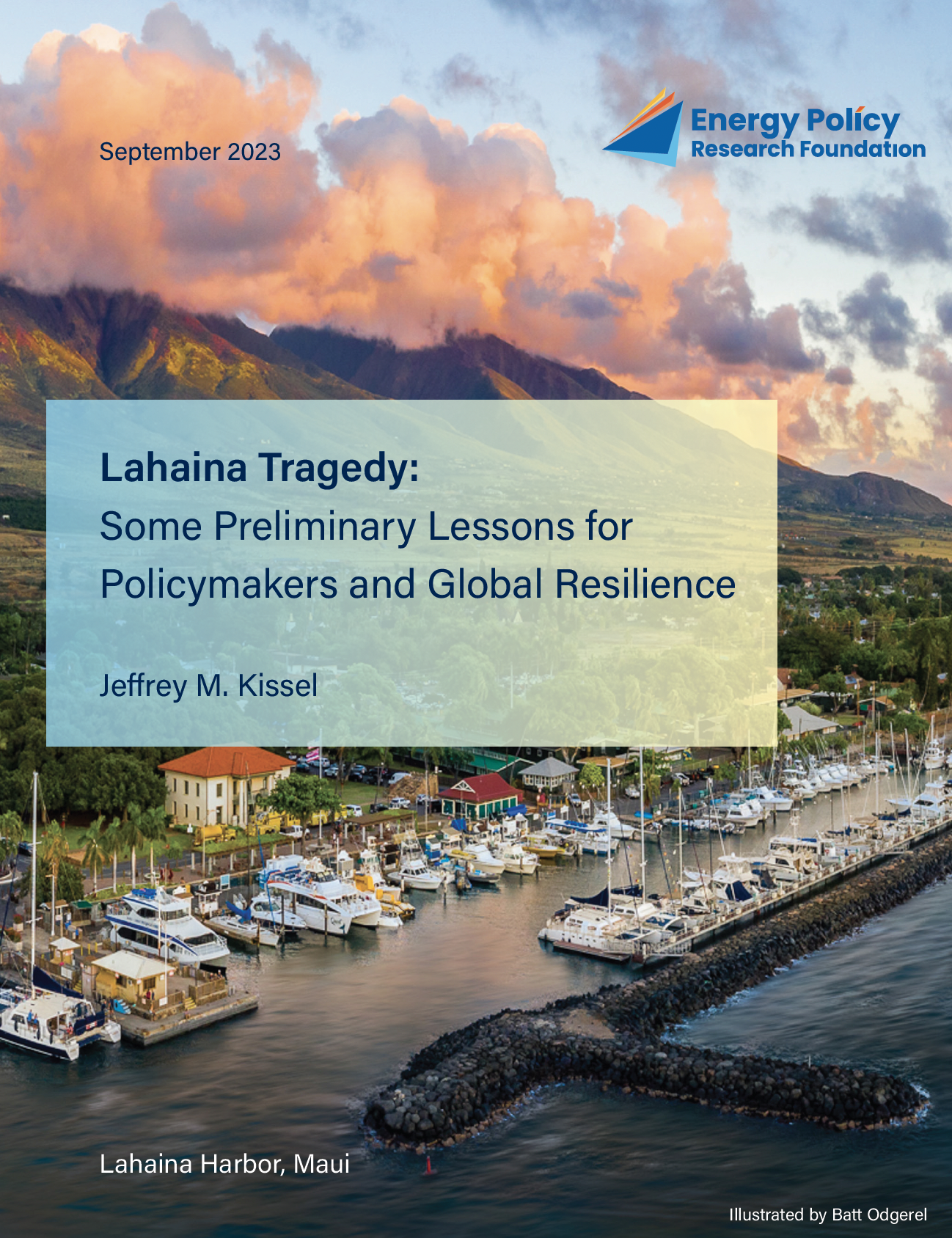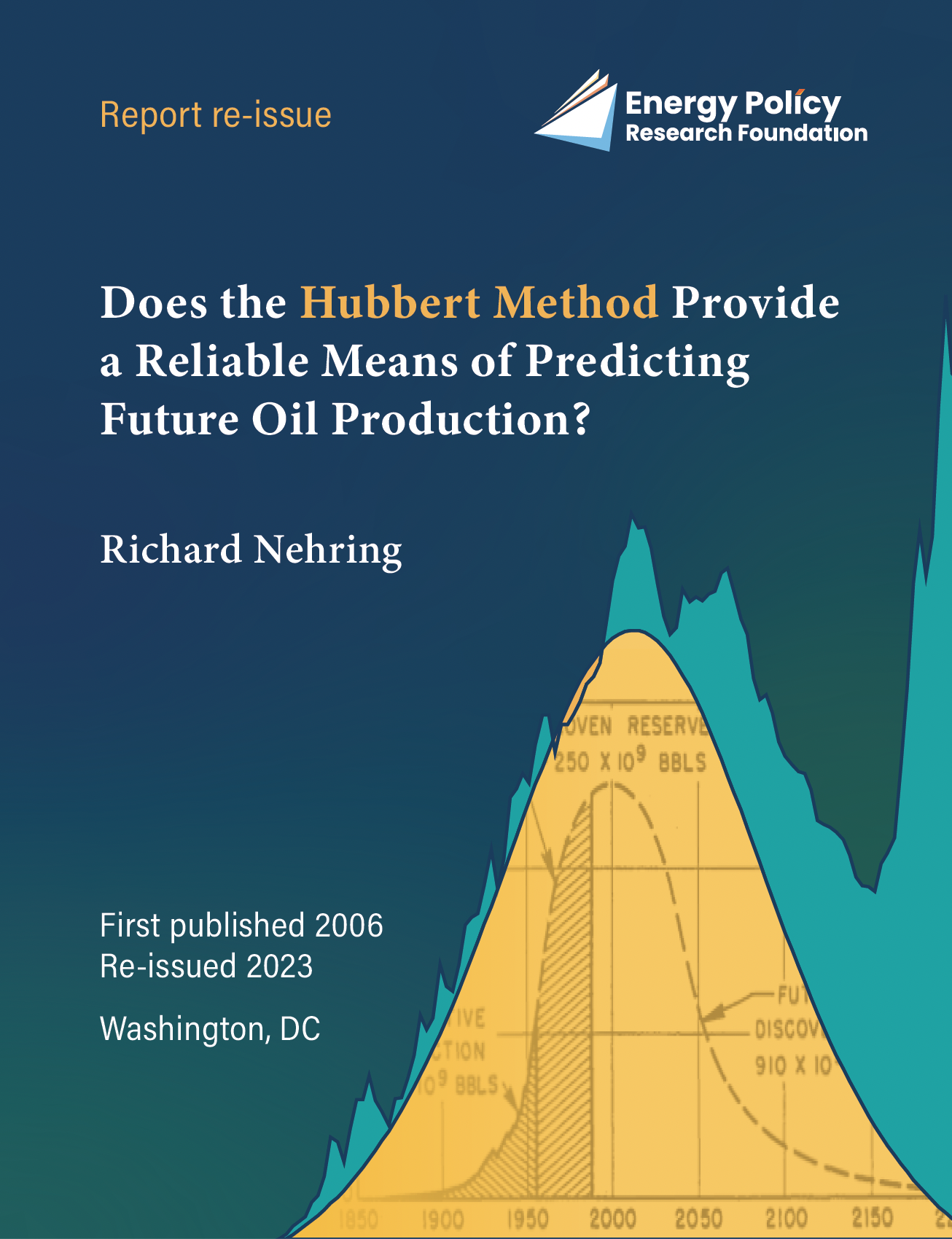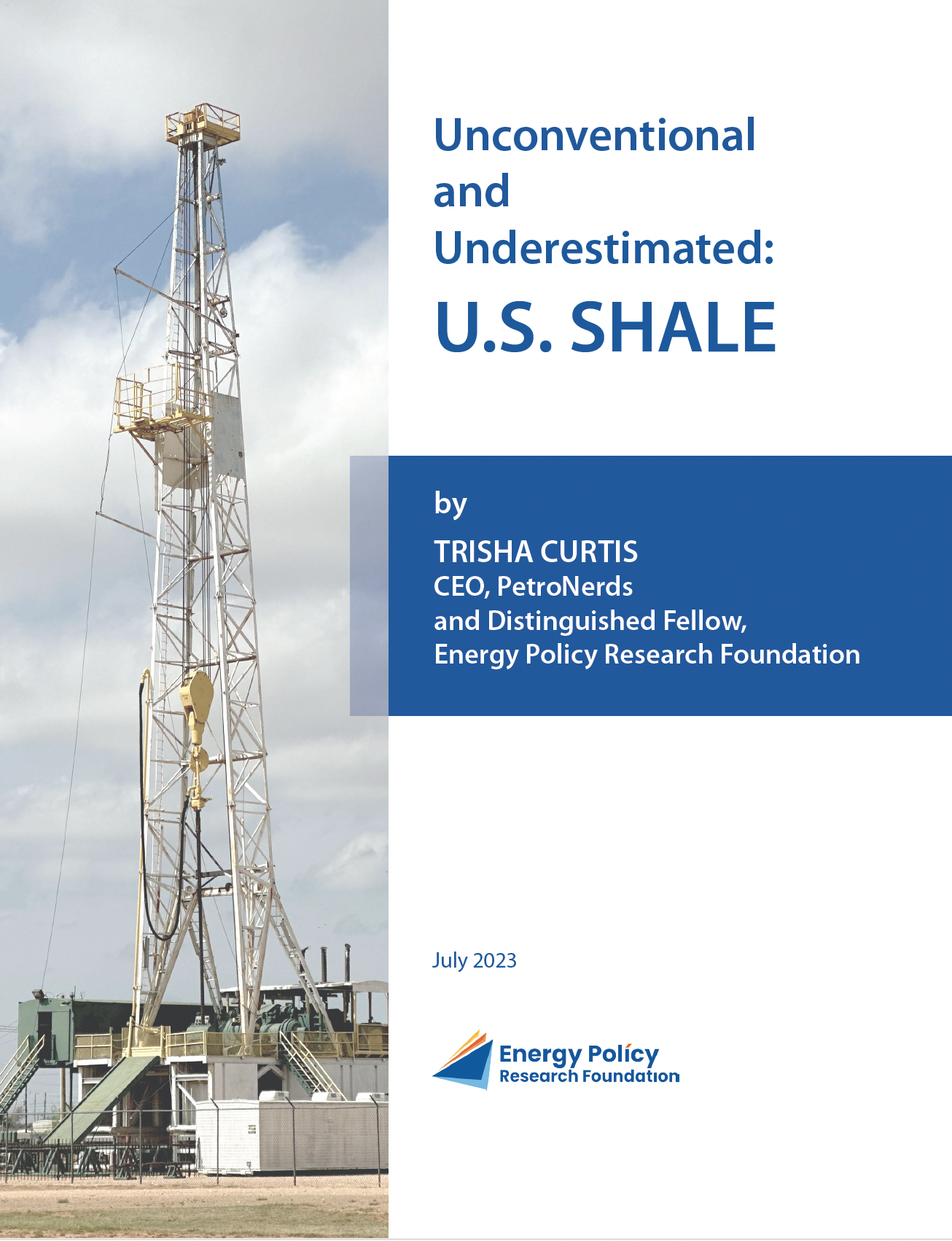








Our popular weekly “Chart of the Week” will now be supplemented with our new “FYI in Brief” series distributed to subscribers and posted on our website at regular intervals. The series is designed as short executive briefings (2-5 pages) providing essential background information on often challenging debates on energy and security policy.
Our first “FYI in Brief” explores the roots and current state of the so-called ESG movement which seeks to evaluate companies’ and related entities’ environment, social, and governance practices. Max Pyziur and Matthew Sawoski bring us a cogent discussion of this topic through their briefing “ESG: A Primer.”
Future topics will include, “Energy Security and the Role of the East Med,” “Eastern Asia-Pacific Energy Security Considerations,” and “Global Mobility Regulations: a Consolidated Source,” among others.

The production of oil and gas from unconventional geologic formations (generally called shale oil and gas) has lifted the U.S. into the world’s largest oil and gas producer. In the midst of the Covid pandemic and the associated worldwide government initiatives to lockdown large segments of the world’s economies, petroleum demand cratered. Analysts, academic researchers, and a large number of commentators viewed the reduction of petroleum demand accompanying the pandemic as a signal that a sustained decline in oil demand had finally arrived. But pandemics have a tendency to return to trend once infections run their course. According to the International Energy Forum (IEF), and referencing the authoritative Joint Organizations Data Initiative (JODI), world oil demand rose in December 2022 (year-over-year) by 1.3 million barrels per day (mb/d). The most recent forecast from the U.S. Energy Information Agency (EIA) points to rising petroleum requirements worldwide. The agency expects global liquid fuels consumption to increase by 1.5 million barrels per day (b/d) in 2023 from 2022 and by an additional 1.8 million b/d in 2024.
So does the U.S. have the capacity to raise domestic oil production to remain an important force in the global market? In this paper, Trisha Curtis, CEO of the PetroNerds consultancy and an EPRINC Distinguished Fellow, takes a deep dive into the unconventional petroleum space and examines its capacity to sustain the U.S. as a world leader in oil and gas production.

On Wednesday, November 9 at noon, EPRINC President Lucian Pugliaresi and EPRINC Fellow Trisha Curtis participated in a Heritage Foundation panel called “What Will Happen to Energy in the Next Congress?” The panel, hosted by Heritage’s Diana Furchtgott-Roth, was described by Heritage as follows:
© Energy Policy Research Foundation | 25 Massachusetts Ave NW, Suite 500P (Mailbox 14), Washington, DC 20001 | (202) 944-3339 (Phone) | (202) 364-5316 (fax) | info@eprinc.org
Design & Development by Red Clay Creative